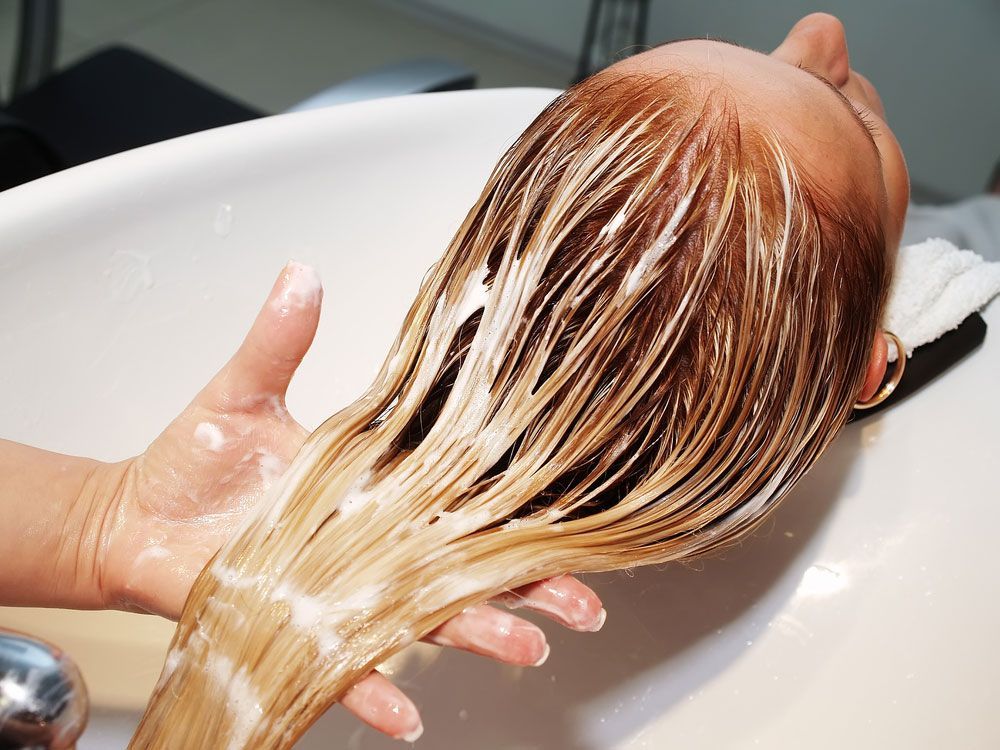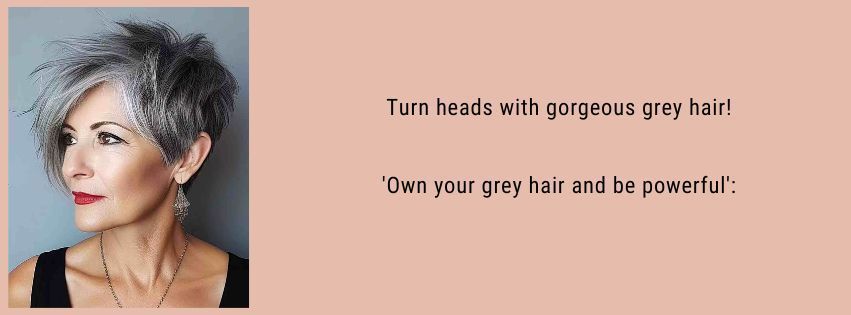Tips for Battling Oily Hair
Oily hair? here's your battle plan

You’ve just washed your hair, but by the end of the day, it’s looking greasy and lifeless. Understanding the reasons behind this and implementing effective care routines can be the ticket to fresh-looking locks.
Why does hair become oily?
Greasy hair is caused by overactive sebaceous glands in the scalp, producing too much sebum. While sebum is good for the hair, lending it natural shine and protection, overproduction results in oily hair.
Unhealthy food, medications, stress, hormonal changes, incorrect hair care and even the weather can cause overactive sebaceous glands.
9 Pro tips for managing oily hair
#1. Cleansing greasy hair
Choose shampoos and conditioners specifically formulated for oily hair.
Amanda adds, “But be wary of shampooing too frequently as after each cleanse, your scalp produces more oil (sebum) to replace what’s lost. This can cause the scalp to go into overdrive with sebum production.”
#2. Sulphate-free is the way to be
Sulphates in shampoos are detergents which strip your hair of its natural oils. This, in turn, encourages your scalp to produce more oil to compensate. A gentler, sulphate-free shampoo can break this cycle.
If you’d like some advice, do have a chat with your stylist and they can make a recommendation.
#3. Smart conditioning for oily locks
Oily hair still needs a conditioner to put moisturise back as it’s water, not oil, that delivers moisture and suppleness to your strands. Conditioner is vital to shiny, healthy-looking hair.
Again, opt for one specifically formulated for greasy hair and one which complements your shampoo. It’s amazing to build structure without affecting oily hair goals.
When conditioning, avoid your scalp, as this can lead to oil and buildup. Instead, focus on the lengths of your hair.
#4. Embrace hair masks
If your hair craves more hydration, try adding a weekly mask to your haircare routine for deep moisturising without added greasiness. Amanda advises that it is formulated for oily hair and doesn’t leave it lank while delivering on moisture.
And talking of your weekly routine…
#5. Add a clarifying shampoo
Especially if you’re a fan of many styling products and dry shampoo, a clarifying shampoo used once a week, will remove any lingering residue and rejuvenate your locks.
#6. The heads up on scalp health
Your scalp’s health plays a significant role in the condition of your hair, explains Amanda. Use a scalp scrub once per week to exfoliate and combat excess oil and buildup to deeply cleanse.
#7. Brush up your hair care
A hairbrush full of styling products and oils can ‘dirty’ freshly washed hair. Clean your brush with shampoo or gentle soap and remove loose hair after each use to keep it spotlessly clean.
#8. Hands off the mane event
Avoid frequent hair touching. Twirling or running fingers through it can activate oil glands, transferring both scalp and hand oils to the strands, making it look greasy.
#9. Food triggers
Finally, never underestimate the effect that your diet can have on your tresses.
Much as we love fried food, fatty meat and high-fat dairy products they can trigger more oil production in skin and hair. While sugar messes with hormones, hikes blood sugar and kickstarts oil glands. Chocolate lovers with oily hair, beware.
Need some expert advice?
If you’d like some professional advice on your hair and the right products for you, just ask. We love to help.







